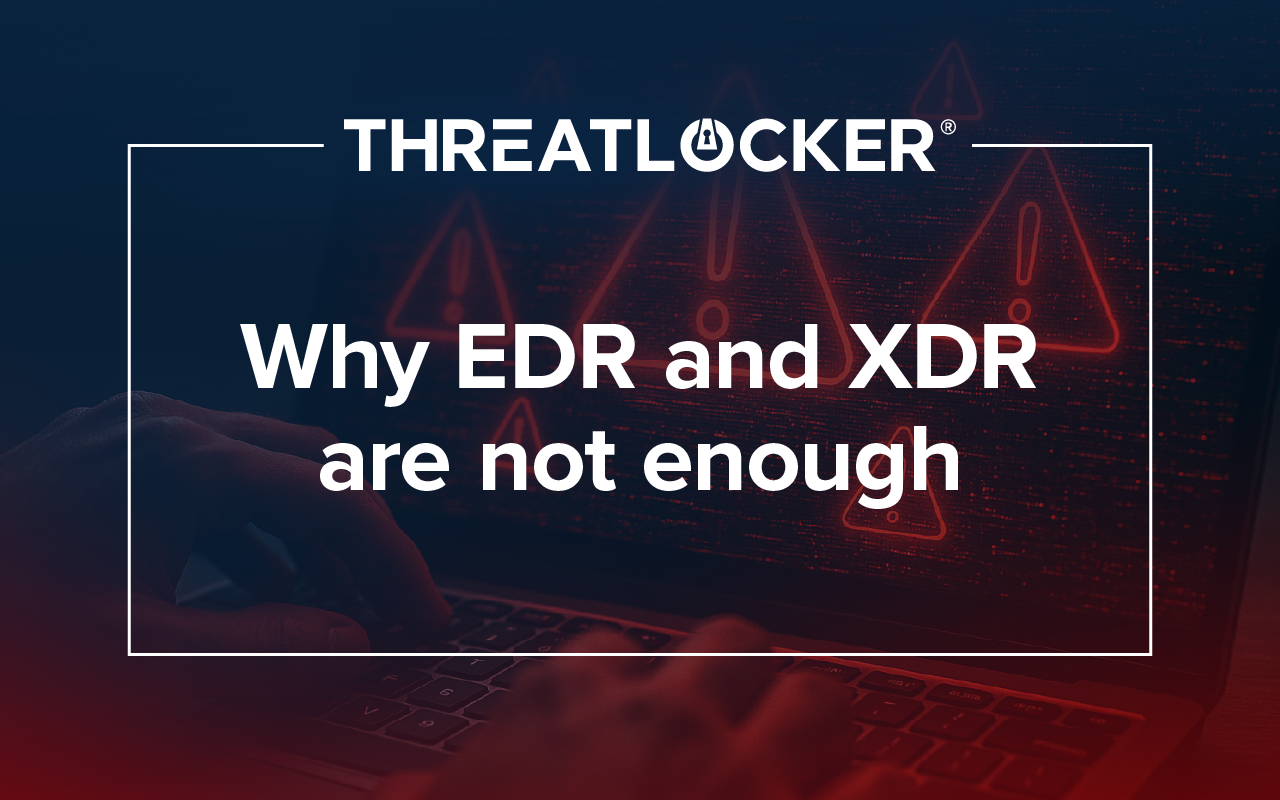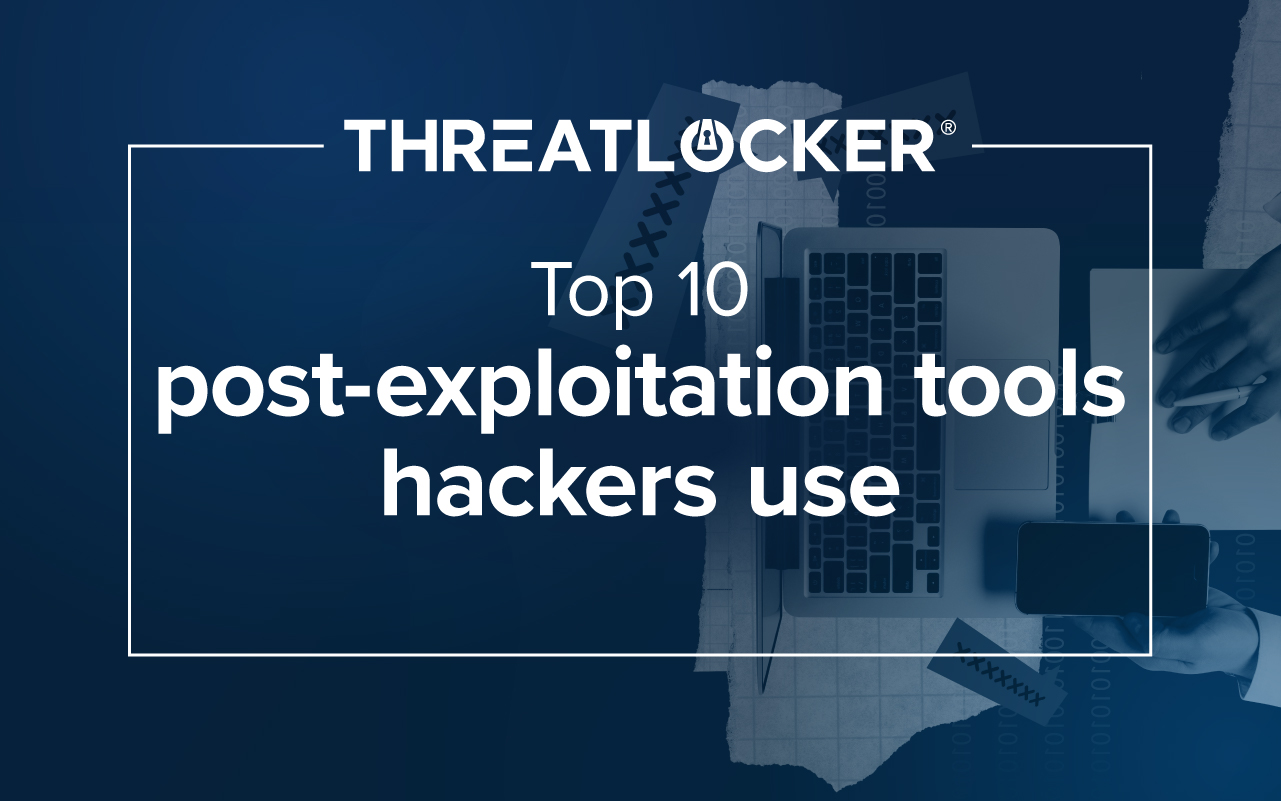Table of contents
Blink, and you'll miss it! Zero-day attacks can happen to any device or its software at any time.
What Is a Zero-Day Attack?
A zero-day attack occurs when the developers are unaware of a vulnerability within a software, device, or network that becomes exploited by threat actors. The vulnerability, in this case, is known as a zero-day vulnerability. These "zero-day" vulnerabilities get their name from developers having zero days to implement responses and solutions for the exploited vulnerability. The more significant the security risk, the more pressure and urgency the developer team has to correct the new-found vulnerability.
Why Initiate a Zero-Day Attack?
There are many reasons why threat actors would want to exploit a vulnerability. For instance, once a malicious code is developed that can successfully exploit the weakness in your software, device, or network, it could be sold to other threat actors to use on other organizations. Those threat actors could then use said code to hack into one or more organizations to steal data or upload malicious software like ransomware. They financially gain by selling your data to other black market consumers or persuading your organization to pay the ransom.
Top 5 Zero-Day Attacks
- Yahoo: Hackers accessed over 3 billion users' accounts and data in August 2013. Having agreed to be acquired by T-Mobile earlier, Yahoo accepted a lower offer in light of the incident.
- Marriott International: In September 2018, Marriott announced it had experienced a large-scale hack in 2014. Hackers accessed and stole the data of over 500 million guests who had made reservations to stay at Marriott's Starwood subsidiary.
- Alibaba: The Alibaba shopping website, Taobao, was the victim of a breach that began in November 2019 for eight months before an exploit became known. A total of 1.1 billion user data pieces were collected during this zero-day attack. User data was exposed, including phone numbers, user IDs, and any comments they made.
- LinkedIn: The networking platform's API became exploited in June of 2021. About 700 million users (roughly 90% of their user base) had their data stolen. The data sold on the black market included users' full names, physical addresses, and geolocation records.
- Kaseya: Despite efforts to patch a vulnerability within their VSA product, Kaseya failed to stop the REvil ransomware in July 2021. The ransomware would infect over 1,000 businesses through said VSA product, demanding $70 million in bitcoin for a universal decryptor.
How to Defend Against a Zero-Day Attack
The first point of action you should take is to work with your team of developers or software vendors to create a patch that repairs the exploitable code. Patching your device, software, or network's zero-day vulnerabilities removes the ability of threat actors to enter your systems. Software patches are the key to avoiding zero-day vulnerabilities and attacks. It is vital that your operations team continually scans for vulnerabilities within your organization. Finding any vulnerabilities, and creating a patch to secure them, will remove the chance of them becoming exploited as a zero-day attack and keep your organization safe.
How Does ThreatLocker Protect Your Organization?
Let’s say your organization is targeted with a zero-day attack. ThreatLocker® solutions abide by a strict “zero trust” policy to step in and proactively defend your organization. Allowlisting blocks specific applications that you don't need from running and allows only the ones you do. Suppose malware begins running an application that isn’t blocked. In that case, as long as the application has the Ringfencing™ solution applied, it can be stopped from communicating with other apps like PowerShell, preventing the malicious code from spreading through your devices and network to cause harm.
Interested in learning more about how ThreatLocker® keeps your organization safe from zero-day attacks? Schedule a call with the Cyber Hero Team to get all the finer details!





